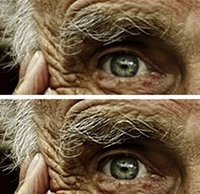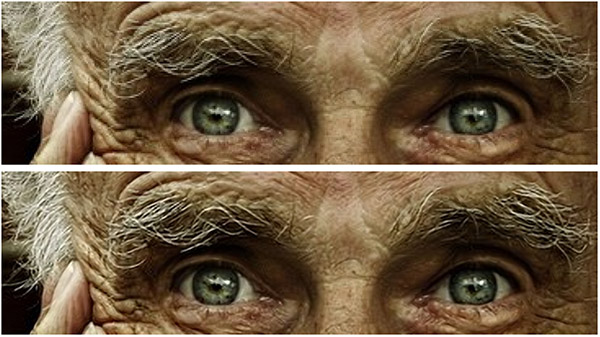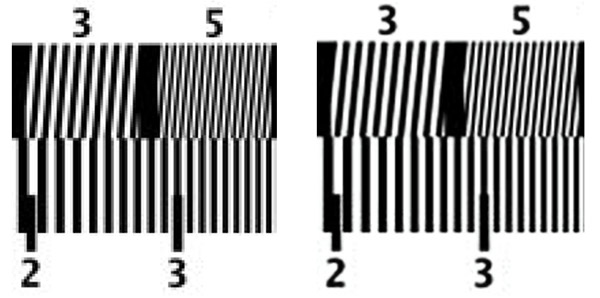RAISR sharp: Google uses machine learning to create high-resolution images from low-resolution sources
posted Sunday, February 5, 2017 at 6:00 AM EST

We missed Google RAISR back when the company showed it off last November, but Amateur Photographer covered it recently and it’s worth discussing.
RAISR, which stands for Rapid and Accurate Image Super-Resolution, utilizes machine learning to sharpen low-resolution images. Google claims that not only are the results from RAISR as good or better than comparable methods, but RAISR can produce its results 10 to 100 times faster, resulting in the process being able to run in real-time on a mobile device. This is certainly an impressive feat, but RAISR can also avoid aliasing artifacts in the final image, even when artifacts exist in the low-resolution original.
You can read more about RAISR’s learning process in Google’s post, but the sample images they shared are worth sharing here.


Of their super-resolution technology, Google says, “Super-resolution technology, using one or many frames, has come a long way. Today, the use of machine learning, in tandem with decades of advances in imaging technology, has enabled progress in image processing that yields many potential benefits. For example, in addition to improving digital “pinch to zoom” on your phone, one could capture, save, or transmit images at lower resolution and super-resolve on demand without any visible degradation in quality, all while utilizing less of mobile data and storage plans.”
On the topic of reducing bandwidth, Google states that RAISR has been able to reduce bandwidth use by up to 75 percent in their implementation of the technology for displaying large images on Google+. Google+ requests a quarter of the pixels of the original image and RAISR, in real-time on the device requesting to view the image, restores the detail. Google is currently using RAISR on over a billion images per week, which has reduced total bandwidth by roughly a third. The technology will be rolled out beyond its current subset of Android devices in the coming weeks.
Computation imaging and machine learning has come a long way in recent years and we are seeing machine learning and artificial intelligence appear more frequently in photography software. Its results have not always been great, but it does show promise and RAISR looks to be one of the more impressive implementations of machine learning.
(Seen via Amateur Photographer)